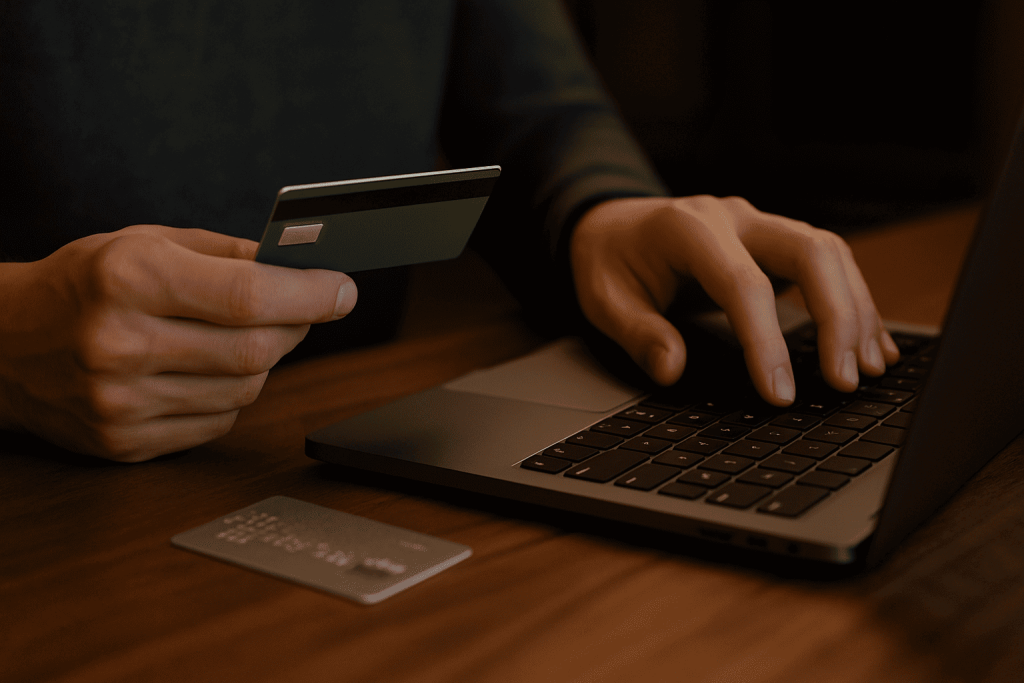In 2025, online dating continues to be a popular way for people to connect across distances, cultures, and life experiences. Yet with its growth comes increased risk: romance scams, identity theft, AI-manipulated profiles, data breaches, and more. The key to enjoying the possibilities of online connection lies in understanding the modern dangers and how to protect yourself effectively. This guide provides up-to-date safety practices to help you date smarter, with both your heart and your security intact.
The Evolving Landscape of Risk
Recent reports indicate that more than half of online daters have encountered some kind of threat whether it’s a bot, a catfish, or a fraudulent message.
AI has also changed the game. From deepfake profile photos to AI-generated conversations designed to sound human, scammers now have powerful tools to seem more convincing.
Meanwhile, data privacy issues have become front and center. Apps and platforms are being pushed to adopt stronger verification, safeguard personal data, and give users clearer control over what they share. Trust has become a premium and deservedly so.
Essential Safety Practices in 2025
To protect yourself in the current online dating environment, these safety practices are increasingly critical:
Verify identity early. Before getting emotionally invested, ask for video calls, recent photos, or live interaction via platforms that provide verification. If someone refuses or stalls, take it as a red flag.
Be cautious with personal data. Personal identifiers full name, address, financial info should be kept private until you are very certain of someone’s authenticity. Also, limit what you post publicly in bios and social feeds; scammers collect pieces of information to build trust or manipulate.
Watch for red flags in behavior. Pay attention to patterns: rapid declarations of love, over-flattery, emotional highs followed by silence, or sudden requests for money or financial help. These are classic tactics in romance scams. AI tools have made some of these behaviours more scripted or polished, so trust your intuition when something feels off.
Use platform safety tools. Many dating apps now have photo verification, badges, reporting features, and tools to link social media accounts for credibility. Use these. They aren’t foolproof, but they raise the barrier for scammers. Also use reverse image searches on profile pictures to see if the same image appears elsewhere (a common catfishing trick).
Keep conversations on safe and auditable platforms. Messaging in apps rather than quickly moving to private channels (WhatsApp, Telegram, etc.) gives you room to monitor and report suspicious behavior. It also helps you hold more control over how communication unfolds.
Protect your mental health. Being exposed to deception, ghosting, or manipulation takes a psychological toll. Take breaks when needed. Talk to trusted friends or professionals. Don’t let rejection or suspicion erode your self-esteem.
Privacy, Data, and Emerging Threats
Privacy isn’t just about being discreet it’s about protecting your identity, images, and digital footprint. In 2025, several incidents show how even safety apps can have data leaks, compromising intimate data of users. For example, the “Tea” app, designed to share red-flag info about potential matches, experienced breaches affecting thousands of images and verification documents.
AI-driven fraud is also accelerating. Profiles enhanced or created with AI can appear striking and convincing. Scammers may employ chatbots, voice synthesis, or image generation to deceive. Always remember: authenticity often lies in small inconsistencies backgrounds, timing, detail depth not just polish.

Building Safe Online Dating Habits
Developing safety habits can make the difference between being vulnerable and being in control.
- Set clear boundaries from the start. Decide how soon you share personal info, when you’ll ask for video verification, what kind of financial requests are unacceptable.
- Move slowly. Let trust build over weeks not days. Consistent behaviour over time (matching words and actions) is more reliable than early gestures of affection.
- Document what feels suspicious. Save screenshots, keep track of inconsistencies, review them later. Sometimes doubts grow clearer when you step back and look objectively.
- Use physical safety when meeting in person. Always meet in public, tell someone where you’re going, consider bringing a friend or sharing your location.
- Leverage safety-oriented apps/features. Look for apps that promote user verification, have strong privacy policies, reporting tools, and phishing or scam detection. Some tools can analyze messages or links for malicious content.
What to Do If You Suspect Fraud or Are a Victim
Even with all precautions, sometimes deception sneaks in. If you suspect someone is trying to scam you or if you feel uneasy take action:
- Stop sending money or sharing more personal information.
- Cease communication if pressure or emotional manipulation arises.
- Report the account to the platform and block the person.
- Contact your bank if any financial transactions have occurred or could occur.
- Reach out to local authorities or cybercrime units where possible.
- Seek emotional support confiding in trusted friends, a counselor, or peer support groups helps reduce shame and improves recovery.


